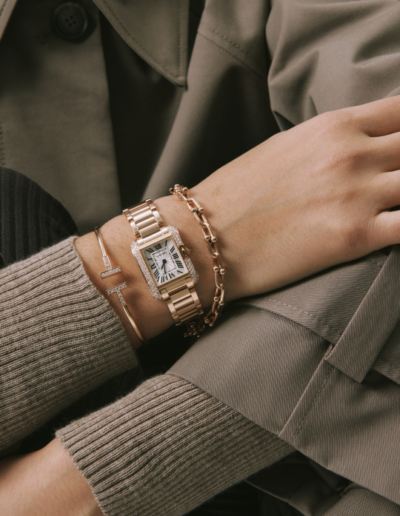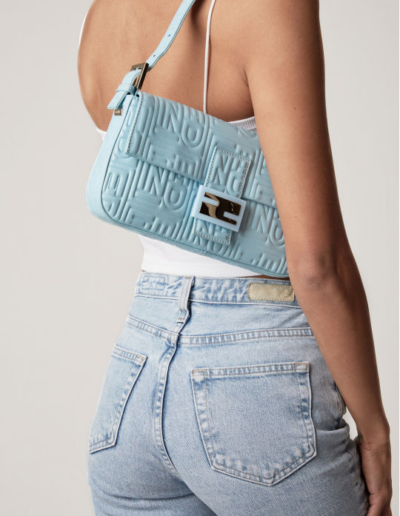VAULT 101
Louis Vuitton 101:
A History
By The Rebag Team. Dec 7, 2023

The Epitome of Prestige
With a legacy spanning generations, Louis Vuitton stands as the epitome of refined luxury. The revered monogram, a symbol of the enduring legacy and aspirational allure of this French maison, is one of the most recognizable in the world. Read on to discover the label’s evolution – from its origins as a purveyor of luggage to its current status as a leading luxury brand.
The Beginning of Louis Vuitton
Born in 1821 into a longstanding working-class family in eastern France, Louis Vuitton learned the values of persistence and industry from his upbringing. At 16, he embarked on a 292-mile journey from his hometown to Paris, drawn by the city’s burgeoning industrialization and the growing demand for durable travel essentials. Vuitton secured an apprenticeship with the esteemed box maker and packer, Monsieur Marechal, where he honed his skills in crafting sturdy containers and expert packing – a highly respected craft of his era.
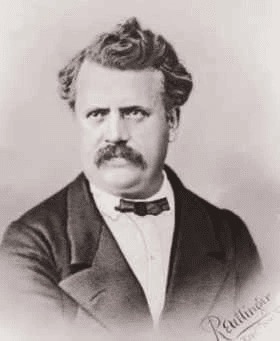
Courtesy of Discover Walks
The First Louis Vuitton Store
In 1854, after achieving mastery in his craft and garnering widespread respect, Vuitton ventured out on his own, opening a shop on Rue Neuve des Capucines. Four years later, Vuitton introduced the pioneering Louis Vuitton steamer trunk. Unlike traditional trunks with rounded tops designed to repel water, Vuitton’s creation featured a flat, waterproof design, allowing for easy stacking. As his business flourished, Vuitton relocated his family and operations to Asniere, where he employed a team of twenty craftsmen to fashion his trunks. By 1900, his workforce grew to 100, and by 1914, the company more than doubled in size.

The Trianon Trunk
Courtesy of 1stDibs
Developing Iconic House Codes
Amidst a trajectory of success, Vuitton ventured into innovative luggage design. While his early trunks featured a gray canvas referred to as Trianon, n 187, he introduced a distinctive striped canvas pattern, followed by the iconic Damier print in 1888. These hand-painted designs served to deter counterfeit imitations, underlining Vuitton’s status as a symbol of prestige during the late 1800s.In 1886, his son George patented a groundbreaking trunk lock that remains in use today
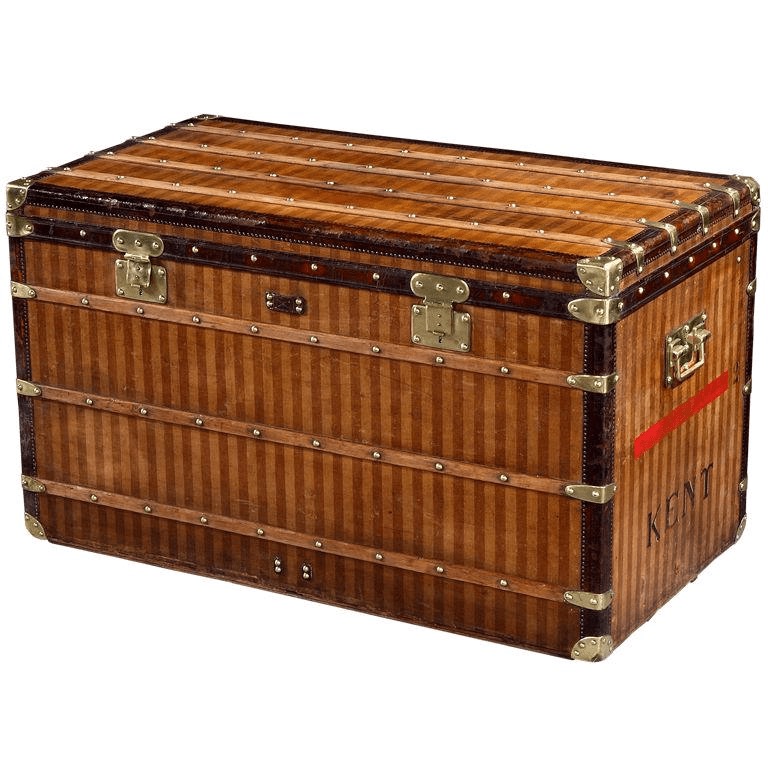
The Striped Canvas Trunk
Courtesy of Pinterest
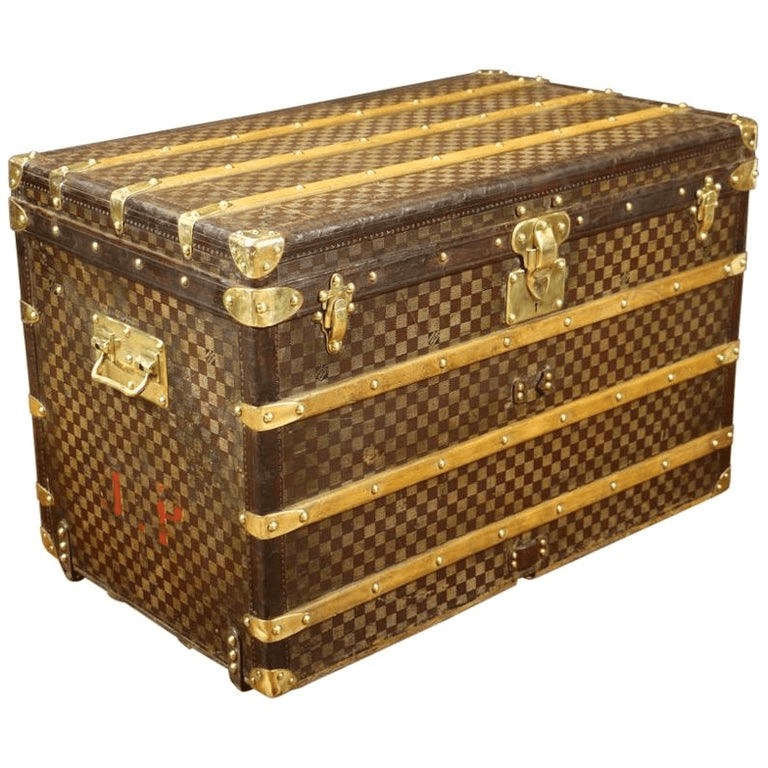
The Damier Canvas Trunk
Courtesy of 1stDibs
The Vuitton Family Legacy
In 1892, Louis Vuitton passed away, and his son Georges Vuitton took charge of the luxury house, initiating a redesign of their luggage. As a homage to his father, George introduced the iconic LV monogram, featuring a pattern of LVs, quatrefoils, and flowers. Under his leadership, the monogram ascended to great acclaim among a discerning clientele. The brand, then at peak success, also caught the eye of Gabrielle Chanel.
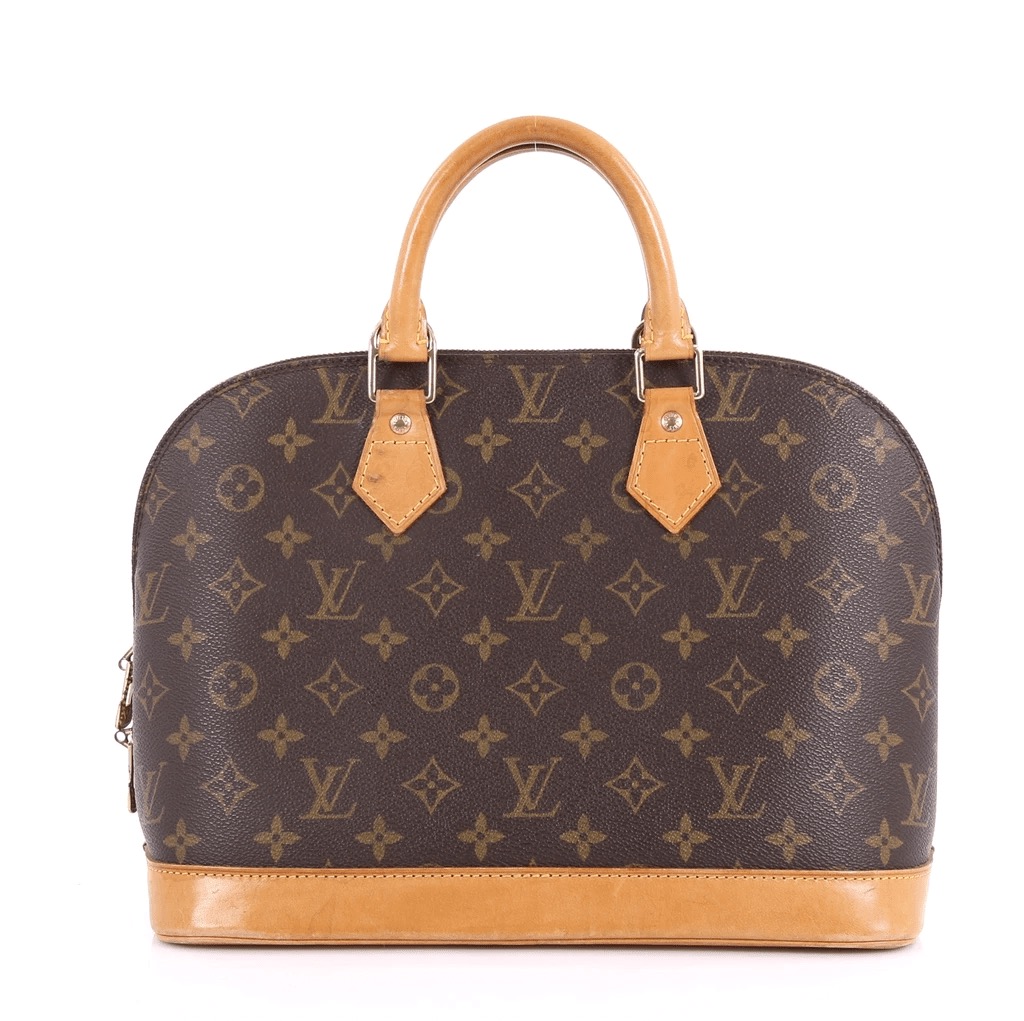
The Alma
In 1925, Chanel received a specially designed dome-shaped handbag for personal use, later allowing mass production for the public in 1934. Refashioned for everyday practicality and sleeker design, it was initially named the “Squire” until its renaming as the “Alma” in 1955. Simultaneously, Louis Vuitton expanded its product portfolio, adding the Keepall (1930), Speedy (1930), and Noe (1932). The remarkable demand for these bags endures, with a wide array of materials and sizes still in production.
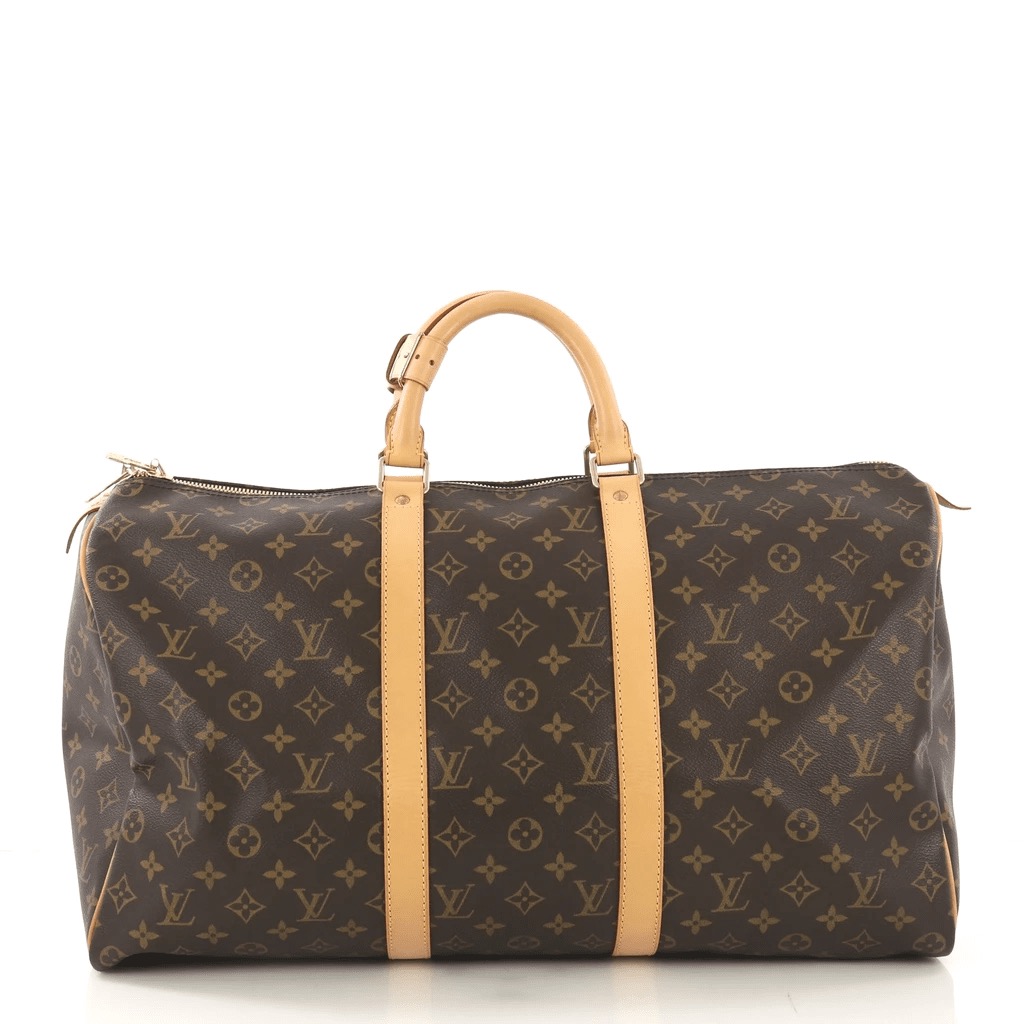
The Keepall
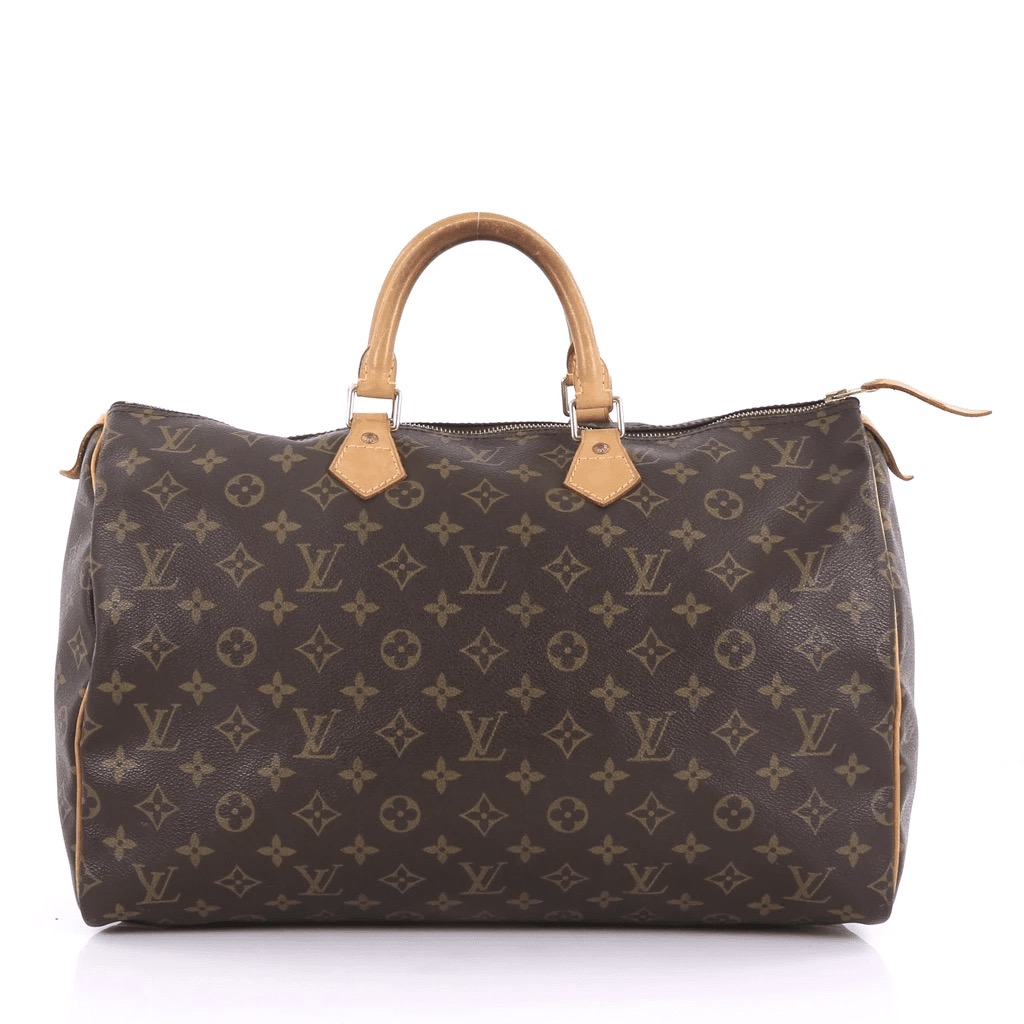
The Speedy
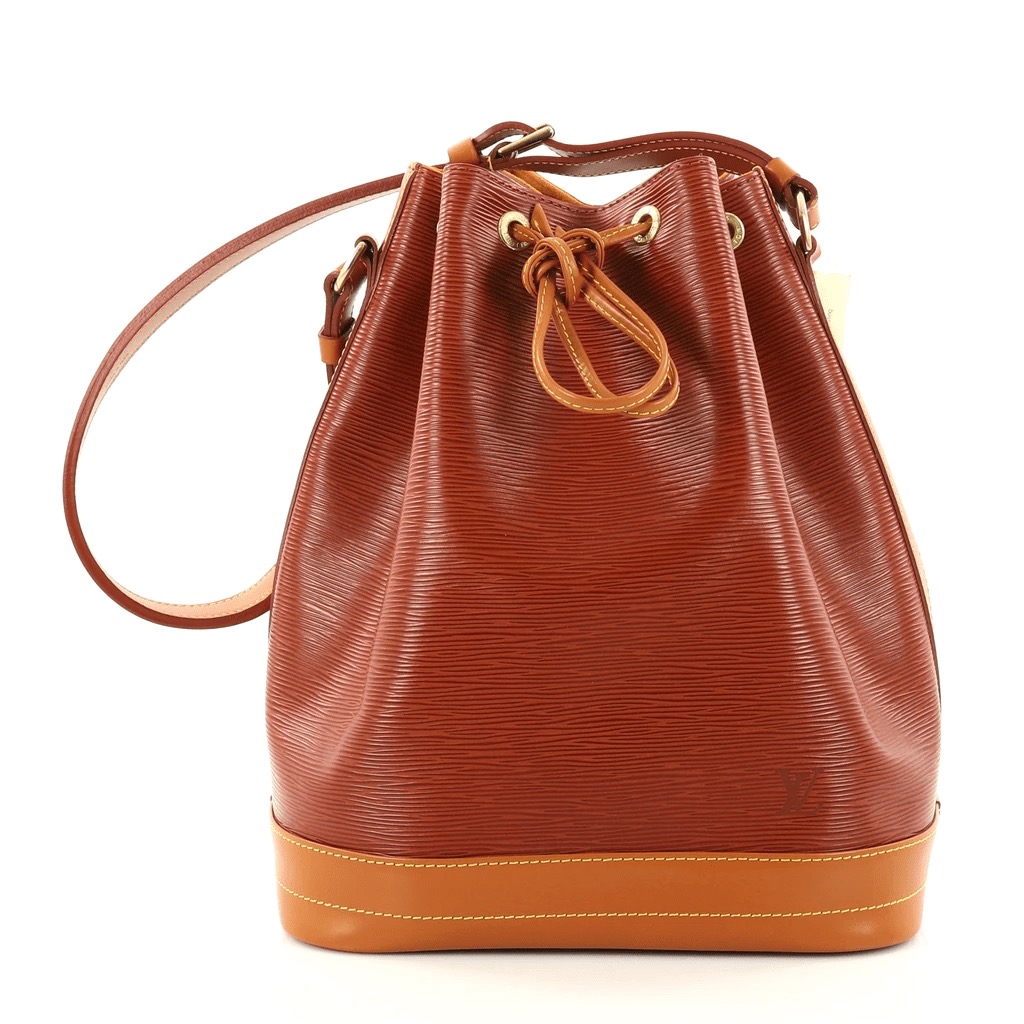
The Noe
With the passing of Georges Vuitton in 1936, his son, Gaston-Louis Vuitton, stepped into the role of house leader. Gaston-Louis’s remarkable 50-year tenure was characterized by Louis Vuitton’s foray into leather goods and a substantial redesign of the iconic monogram canvas. This revamped canvas found its way into various styles, with the notable introduction of the cylindrical Papillon in 1966.
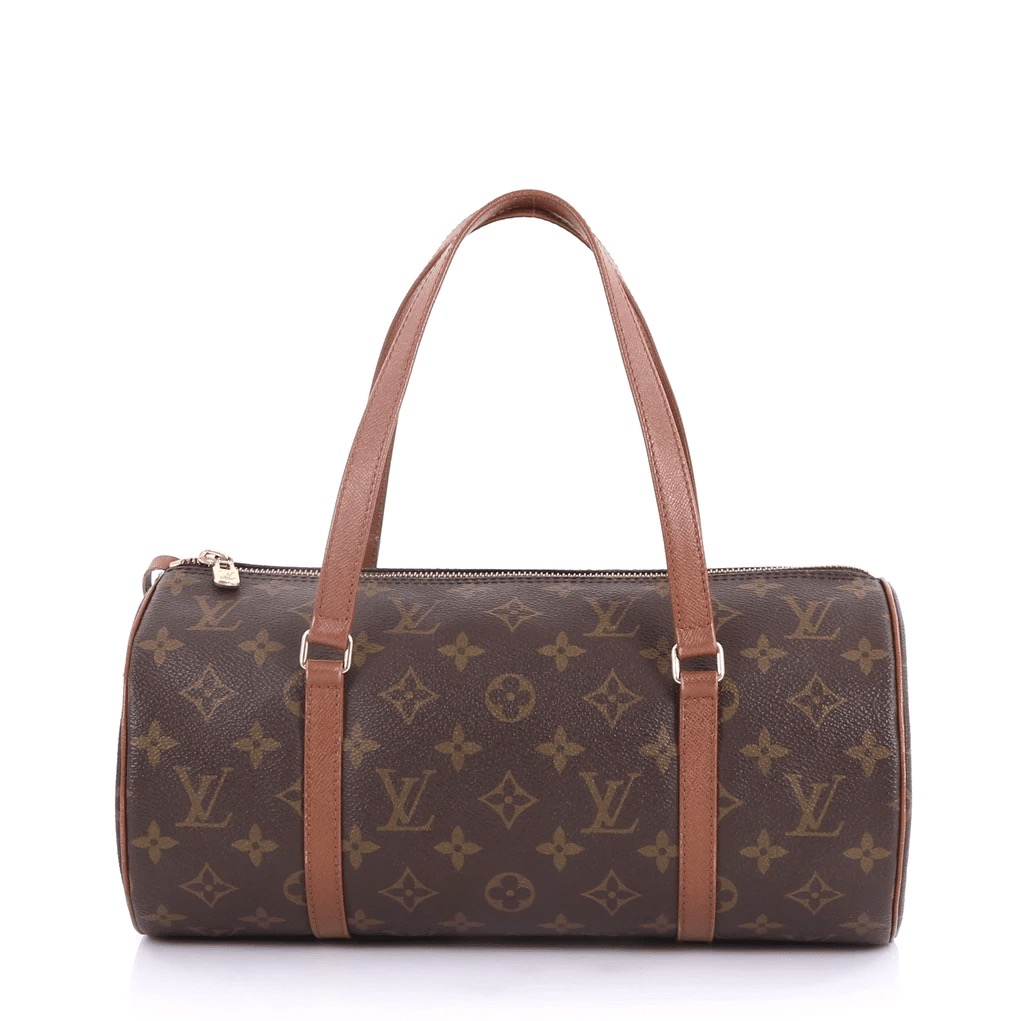
The Papillon
From Louis Vuitton to LVMH: The Global Rise of Luxury
In 1970, Henry Recamier took over the company after his father Gaston-Louis passed away. Recognizing the imperative to extend the brand’s global reach, he opened retail stores around the world. With guidance from Joseph Lafont, the financial director, the company went public in 1984, setting the stage for the creation of the parent conglomerate, LVMH. As Louis Vuitton was already a leading luxury brand, it made sense to partner with the prestigious champagne and cognac producers Moët et Chandon and Hennessy. This partnership gave birth to LVMH in 1987, a historic and strategic move for the company.
The 90s: A Pivotal Era For Louis Vuitton
In the early 1990s, Yves Carcelle was appointed president, becoming the first non-family head of the house. It was during his tenure that the brand made substantial inroads in the fashion industry through innovative collaborations and contemporary interpretations of classic pieces. In 1996, the brand celebrated the 100th anniversary of its Damier print with a limited edition release, featuring the rare pairing of vachetta leather: the Centenaire Collection
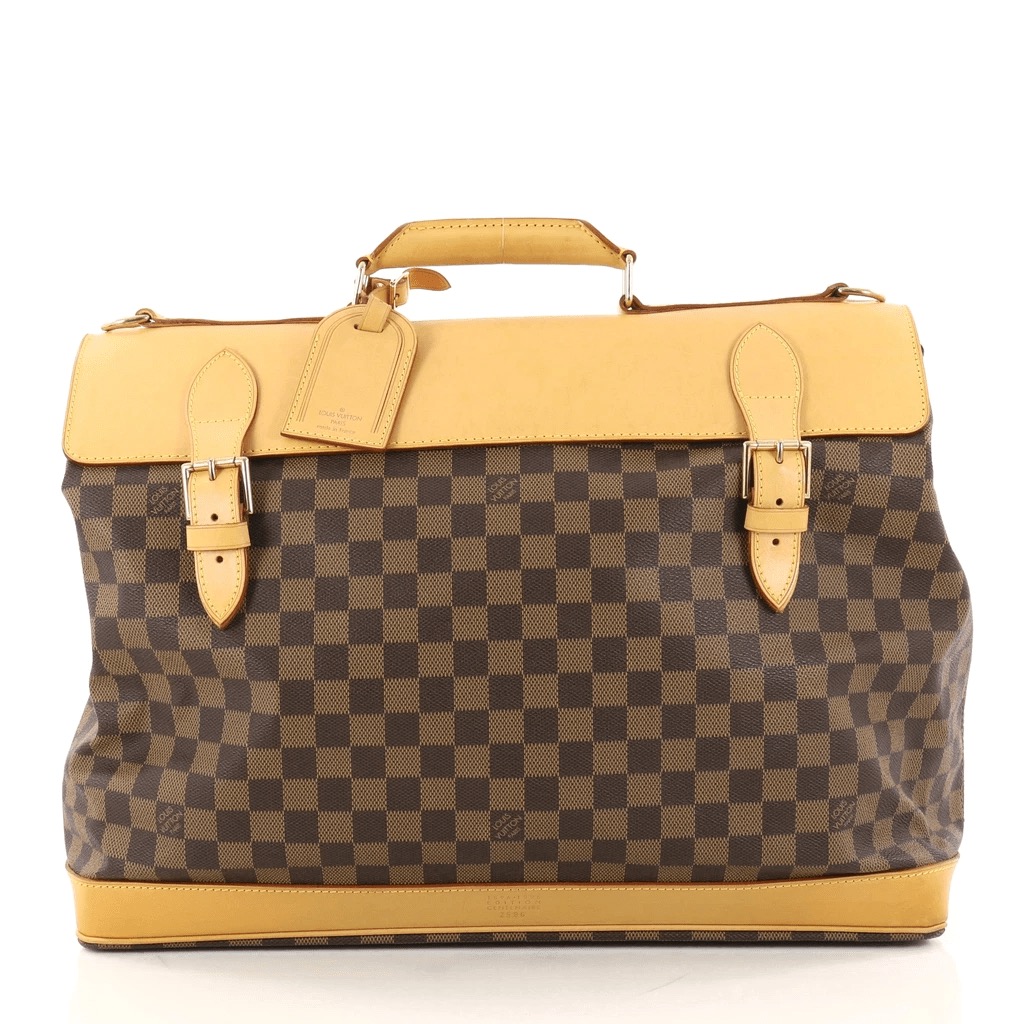
The Centenaire West End
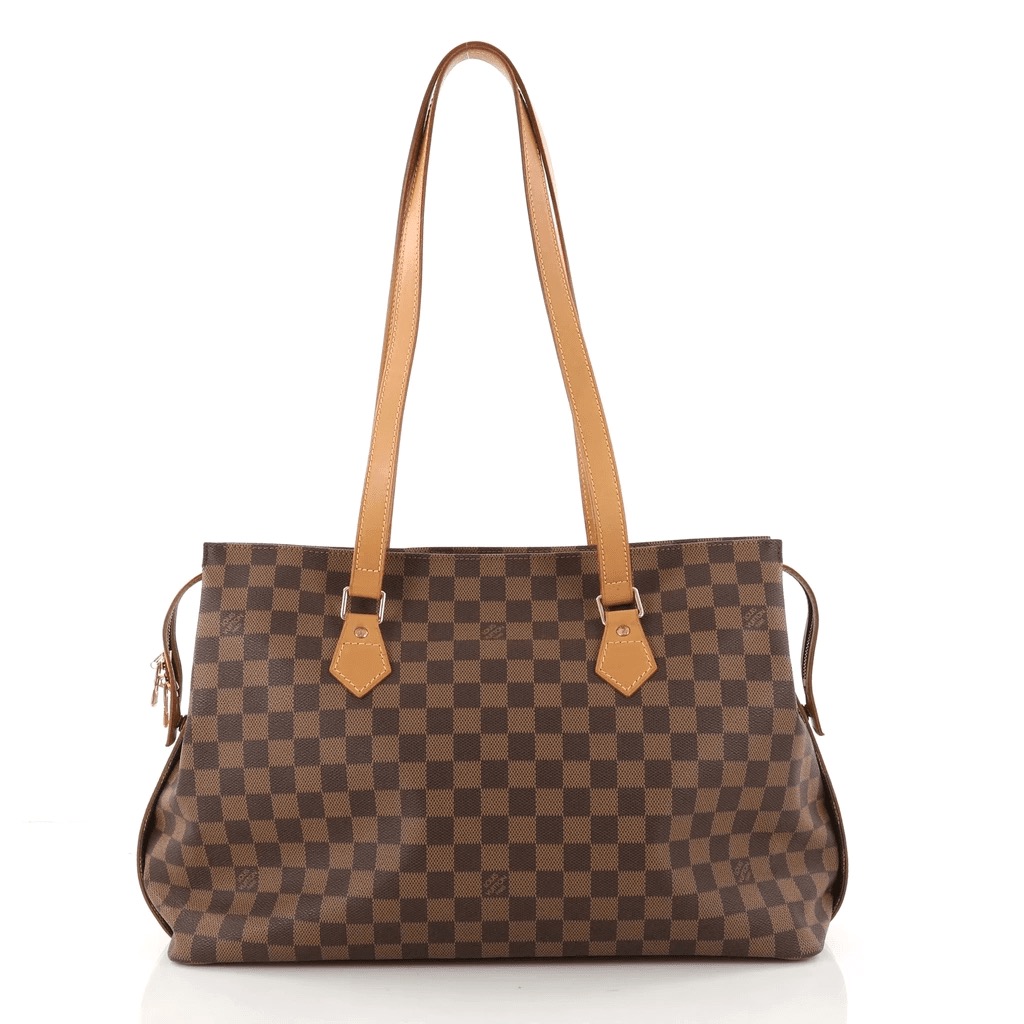
The Centenaire Chelsea
Marc Jacobs was appointed as the first creative director for Vuitton in 1997. He designed the brand’s first ready-to-wear line, and introduced the Monogram Vernis. In 2001, Stephen Sprouse collaborated with Jacobs to create a collection featuring vibrant graffiti art overlaid on the classic monogram canvas. Building on the success of the Sprouse collaboration, Louis Vuitton embarked on a path of artistic partnerships. In 2003, the brand joined forces with Takashi Murakami to introduce the Multicolor Monogram, a reinterpretation of the standard monogram print in 33 different colors on black or white backgrounds. Murakami also contributed the iconic smiling cherry blossom design to the classic monogram.
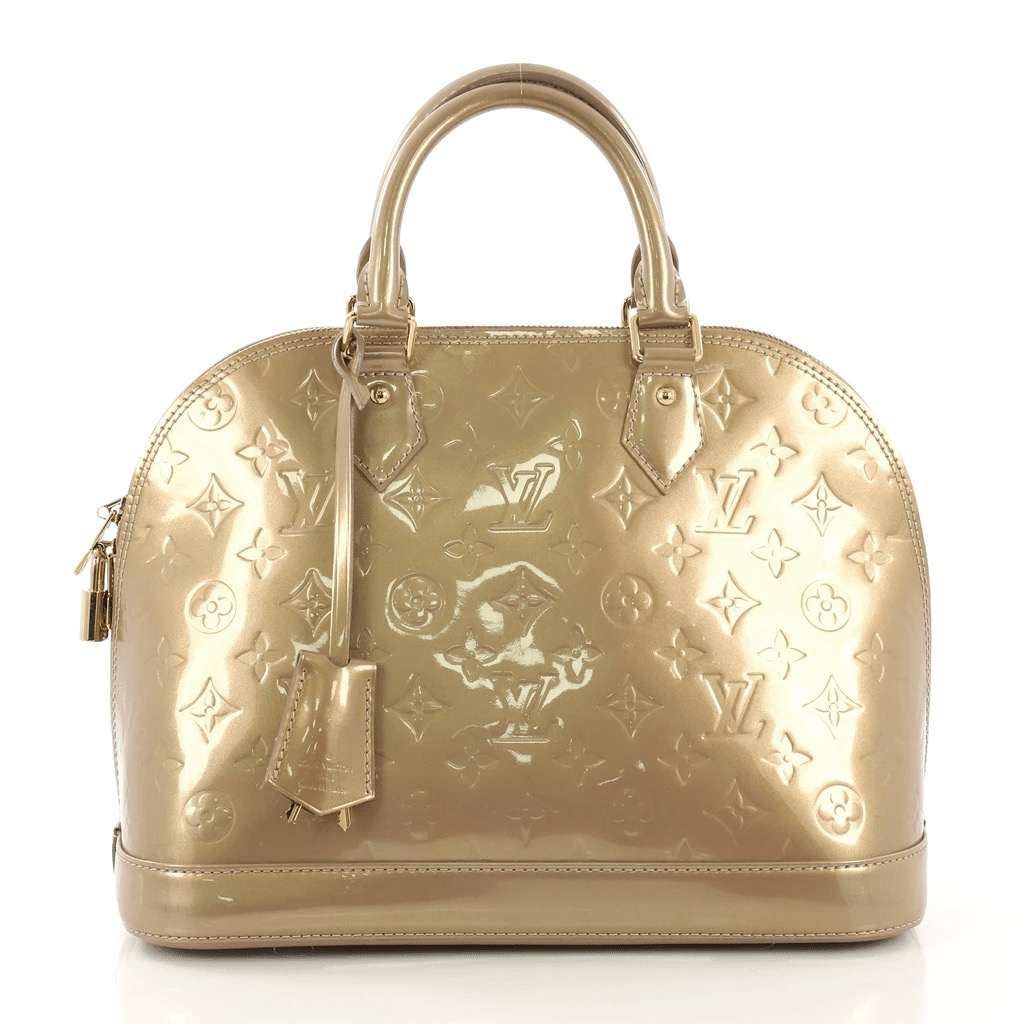
The Monogram Vernis Alma
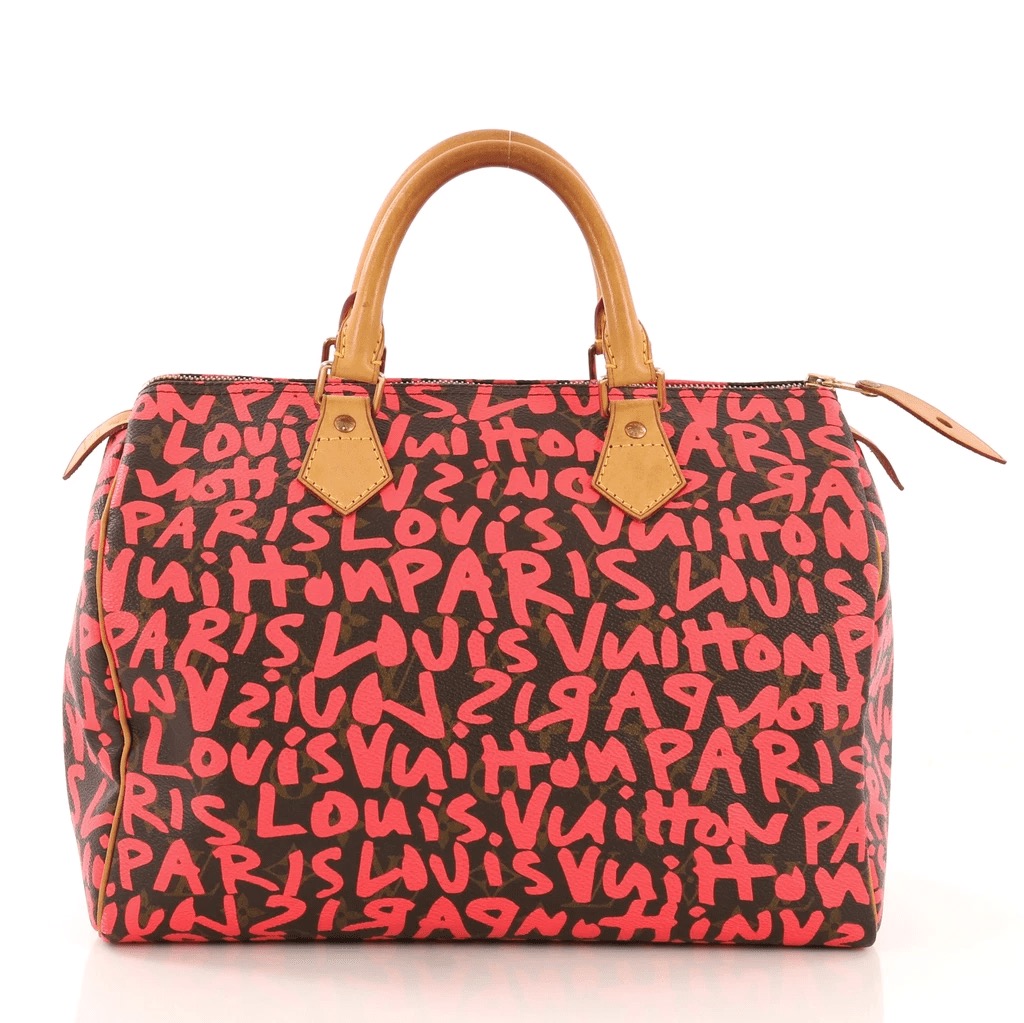
The Monogram Graffiti Speedy
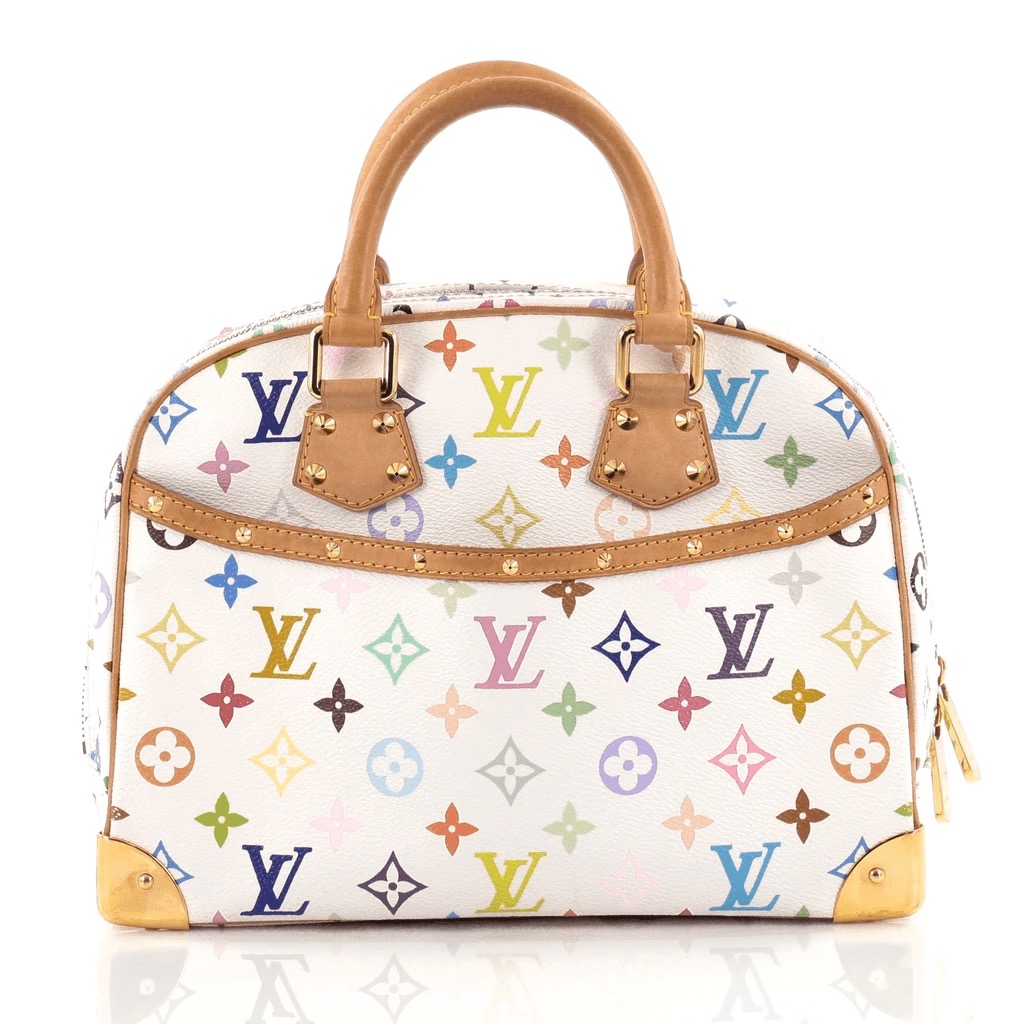
The Monogram Multicolor Trouville
In 2007, among soaring sales, Louis Vuitton introduced the iconic Neverfull bag, a classic crafted in monogram canvas with a striped interior, side pocket, and vachetta trim. In 2014, the tote received a redesign with new interior prints, expanded color options, and a detachable pouch.
In January 2013, as a symbolic gesture in his last collection for the brand, Marc Jacobs introduced the Pochette Metis, inspired by the Monceau Briefcase. This versatile handbag remains one of the brand’s most enduring and coveted pieces.
Louis Vuitton & The ’00s
After Jacobs’ depature, LVMH appointed Nicolas Ghesquière as the new Artistic Director for Women’s Fashion. Having arrived from Balenciaga, Ghesquière brought a bold, edgy aesthetic to the brand, catering to a younger audience. Iconic handbags introduced during Ghesquière’s tenure include the Twist, featuring playful “LV” hardware and a chain strap, and the refined Capucines bag, marked by a distinctive monogram flower charm
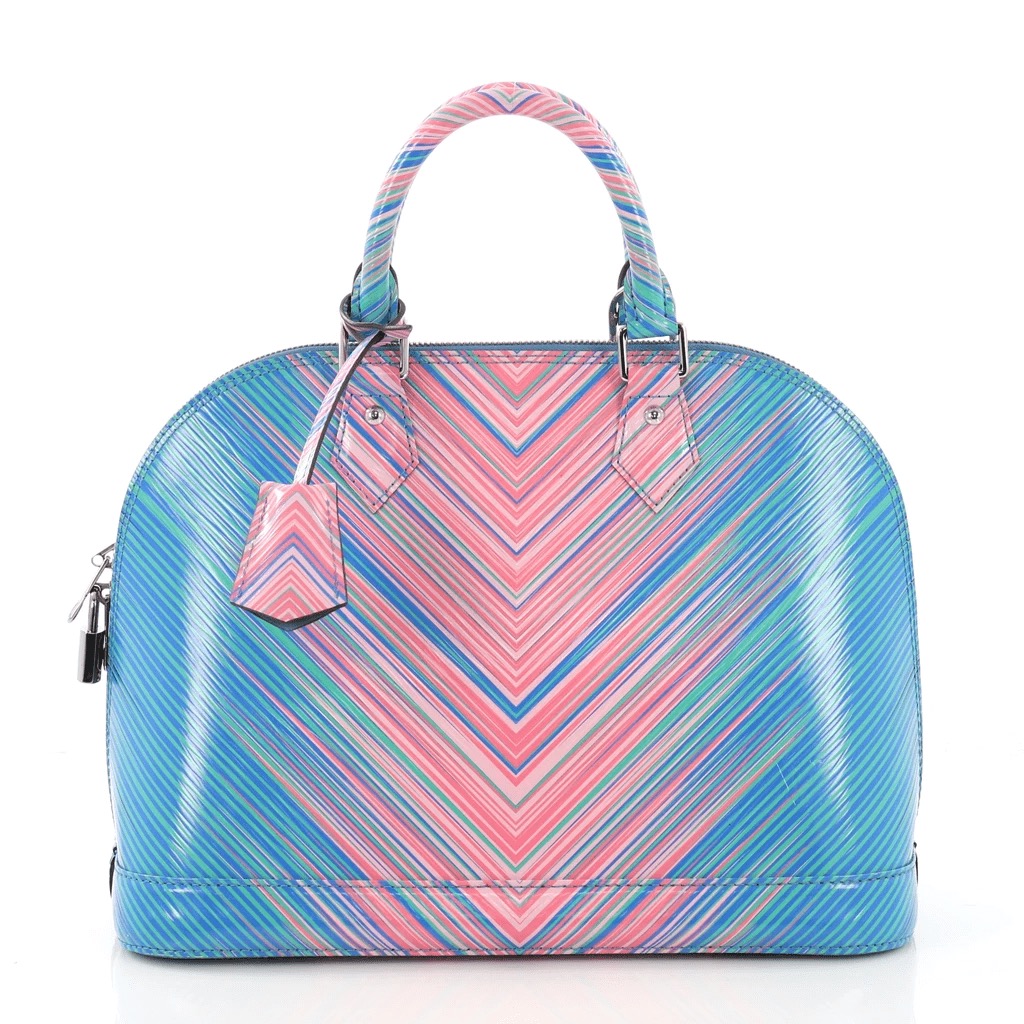
The Alma
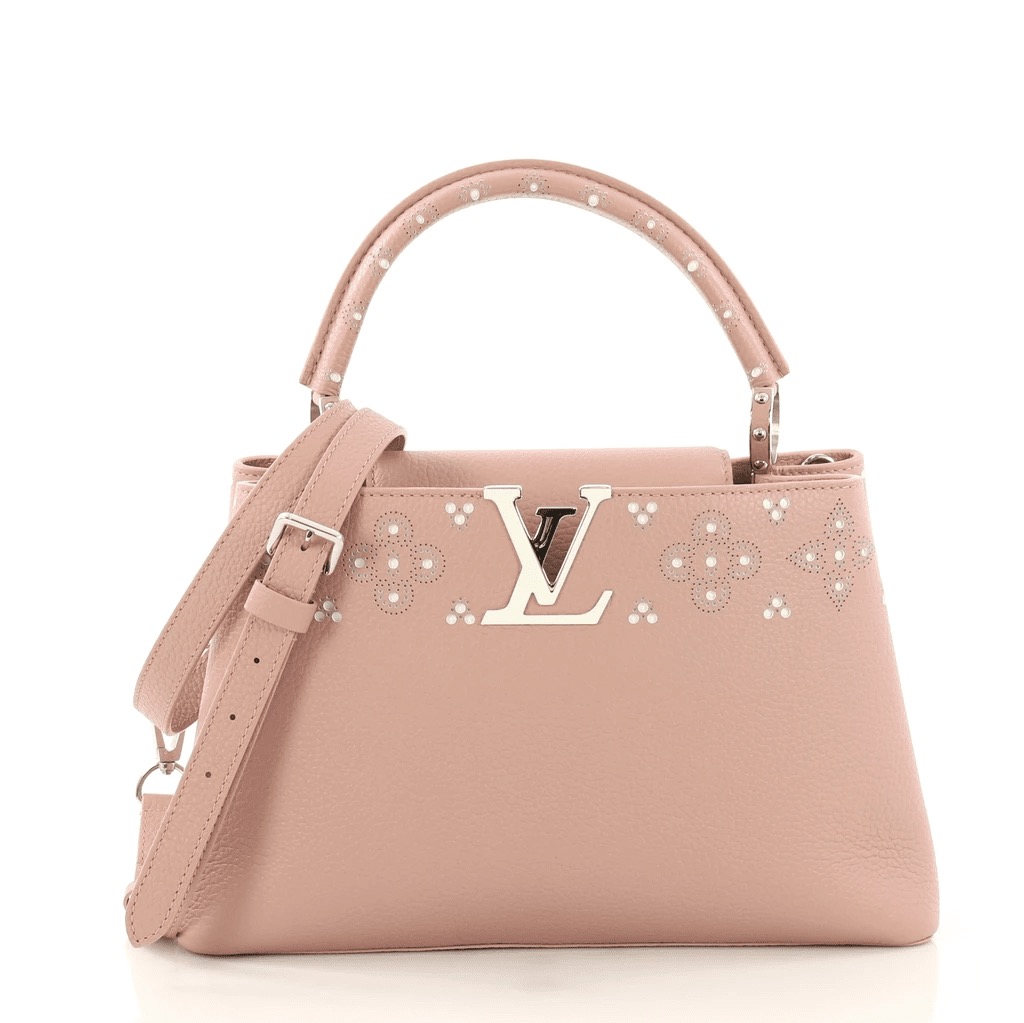
The Capucines
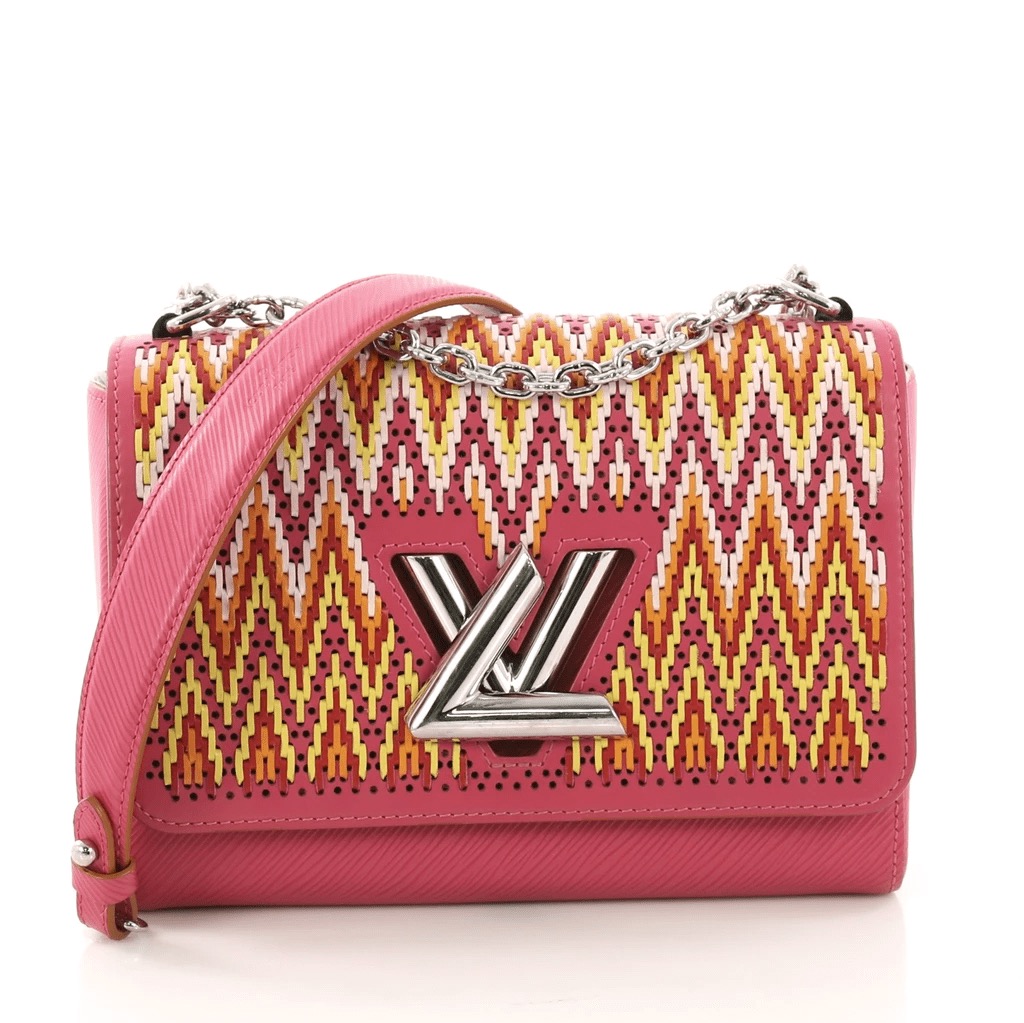
The Twist
Ghesquière’s success paved the way for Louis Vuitton to tap into another creative genius for the men’s business. In 2018, Virgil Abloh took the reins as the men’s creative director and introduced stunning new accessories, capturing the hearts of both men and women. Tragically, on November 28, 2021, Virgil Abloh passed away after a two-year battle with angiosarcoma. Abloh’s creative brilliance left an indelible mark on Louis Vuitton, redefining the brand’s vision and setting a new standard for inclusivity and innovation in the world of luxury fashion.
Louis Vuitton Today
While Nicolas Ghesquière continues to helm the women’s collections, on February 14, 2023, the renowned musician and fashion icon Pharrell Williams assumed the role of creative director for menswear, promising an exciting and innovative future for the brand. Additionally, Louis Vuitton remains at the forefront of design and craftsmanship, unveiling fresh iterations of iconic classics like the GO14, the Side Trunk, the Bum Bag, and the timeless Speedy, reinforcing its commitment to shaping the ever-evolving landscape of luxury fashion.

